Kindergarten SuperKids March 2012
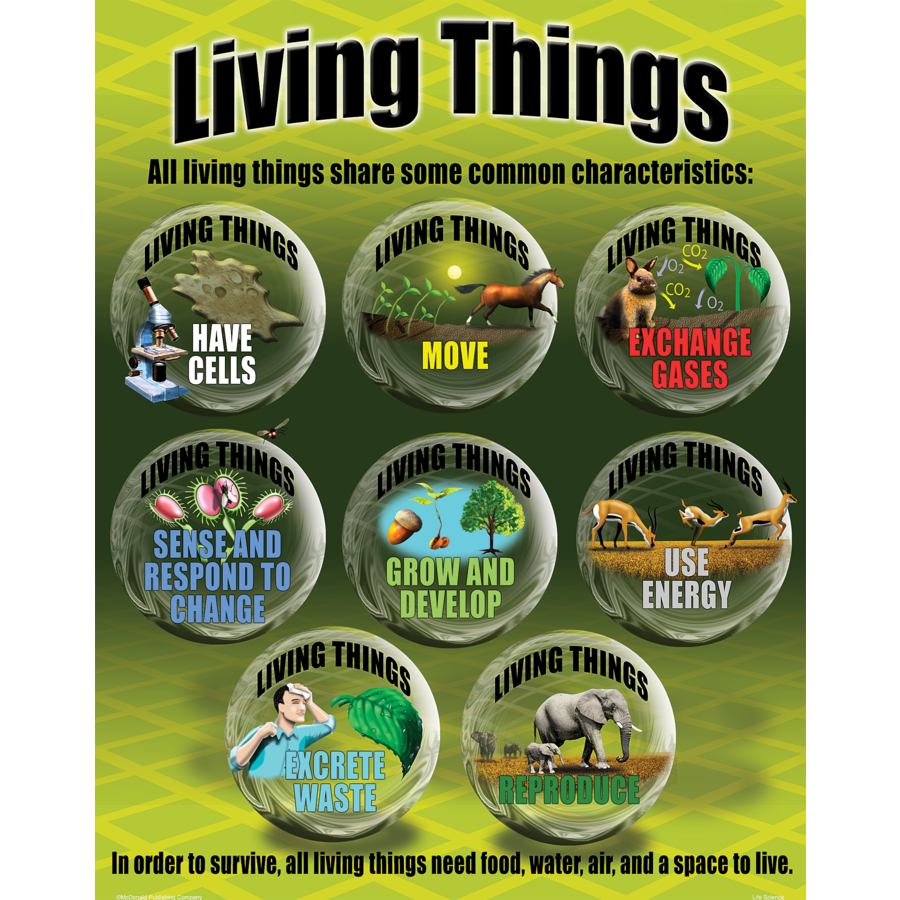
Living Things Chart Bell 2 Bell
Living things are divided into five kingdoms: animal, plant, fungi, protist and monera. Living things are divided into five kingdoms: animal, plant, fungi, protist and monera. Nobody knows for certain when, how or why life began on Earth, but Aristotle observed 2,400 years ago that all the planet's biodiversity was of animal or plant origin.

Living and Nonliving Things Mrs. Richardson's Class
An interactive map of the evolutionary links between all living things known to science. Discover your favourites, see which species are under threat, and be amazed by the diversity of life on earth. Our tree of life explorer is designed to be easily accessible for everyone. We also provide educational tools for teachers, software for.
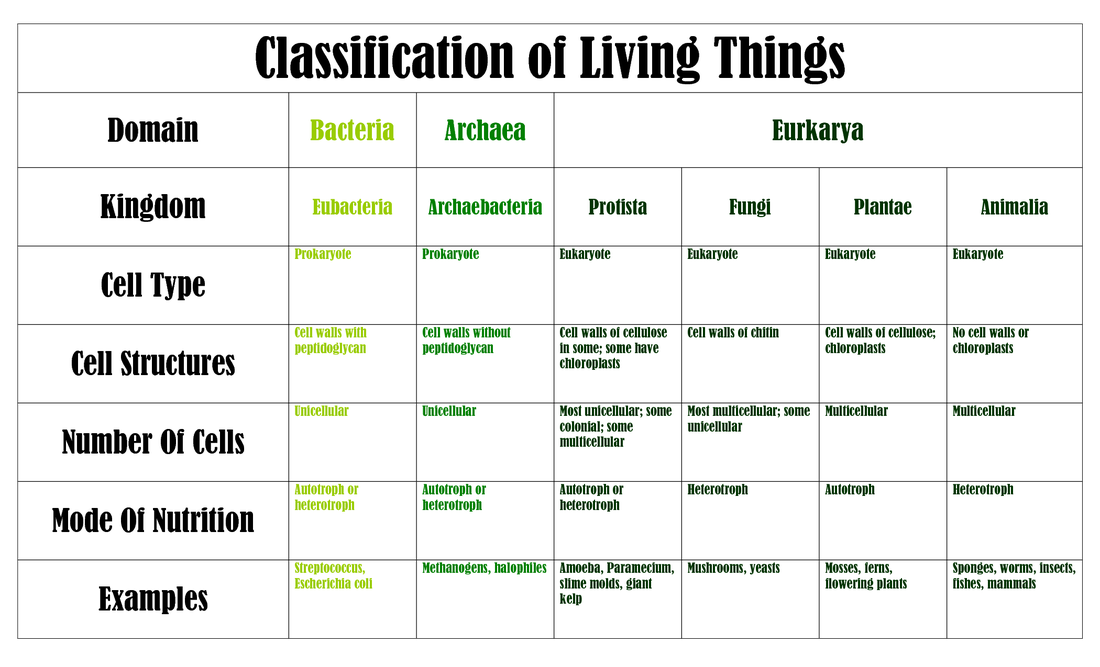
Classification of Living Things michelleburden
All living things breathe, eat, grow, move, reproduce and have senses. Non-living things do not eat, grow, breathe, move and reproduce. They do not have senses. Living things have "life," though some might not show its evident signs. For instance, a tree would probably not react the same way a human would.

Teach the characteristics of living things with this free resource that includes visual notes, a
Centuries ago, living things were classified as either plants or animals. Today, the classification of living things helps us gain a better understanding of the world we live in, our relation to living things, and understanding Biology better overall.

Kindergarten SuperKids March 2012
Classification system. In the 18th century, Carl Linnaeus published a system for classifying living things, which has been developed into the modern classification system. People have always given names to things that they see, including plants and animals, but Linnaeus was the first scientist to develop a hierarchal naming structure that.
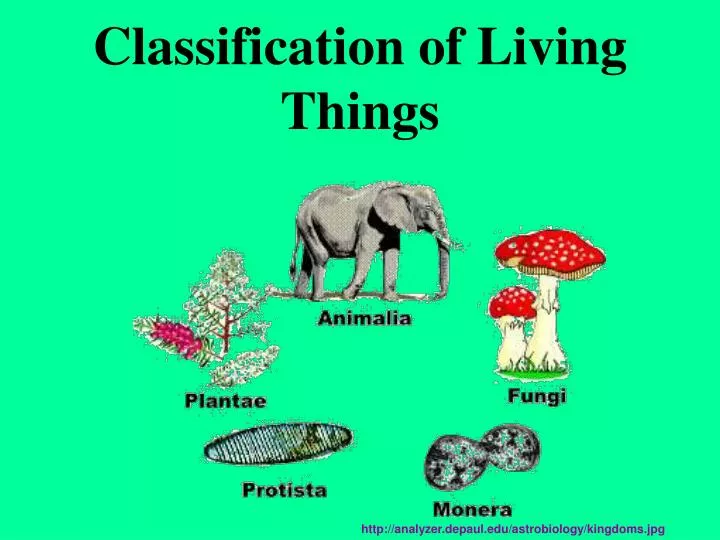
PPT Classification of Living Things PowerPoint Presentation, free download ID3652746
Living things have a level of complexity and organization not found in lifeless objects. At its most fundamental level, a living thing is composed of one or more cells. These units, generally too small to be seen with the naked eye, are organized into tissues. A tissue is a series of cells that accomplish a shared function.
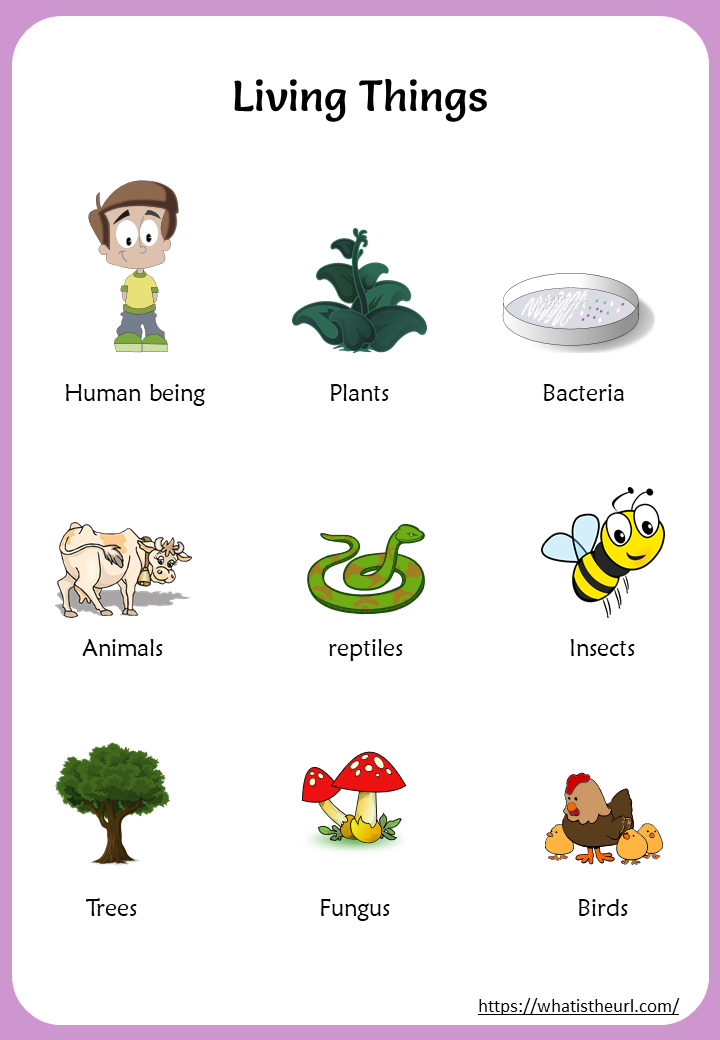
livingandnonlivingthingchart1 Your Home Teacher
Taken together, all of these levels comprise the biological levels of organization, which range from organelles to the biosphere. Figure 1.8.1 1.8. 1: Biological Levels of Organization: The biological levels of organization of living things follow a hierarchy, such as the one shown. From a single organelle to the entire biosphere, living.

LESSON 3 ready. set. classify! BOBCAT SCIENCE
The term living thing refers to things that are now or once were alive. A non-living thing is anything that was never alive. In order for something to be classified as living, it must grow and develop, use energy, reproduce, be made of cells, respond to its environment, and adapt.

Classification of Living Things Chart Classification How it Works Exploring Nature
Living things are highly organized, meaning they contain specialized, coordinated parts. All living organisms are made up of one or more cells, which are considered the fundamental units of life. Even unicellular organisms are complex! Inside each cell, atoms make up molecules, which make up cell organelles and structures.
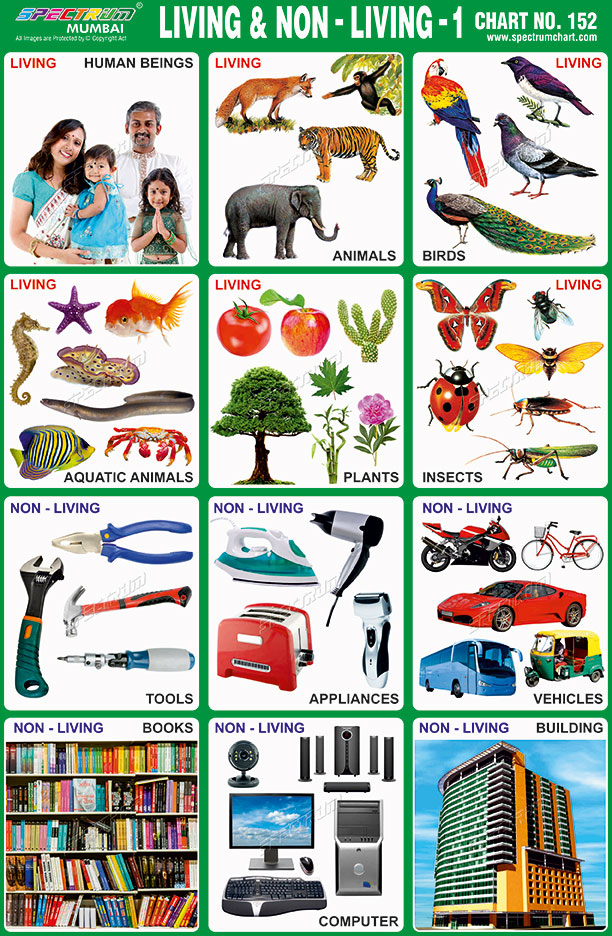
Spectrum Educational Charts Chart 152 Living & Non Living
Class - Sharks & Rays - Cartilaginous Fishes (Grade K-2) Classification of Humans - (4th Grade and up) Ocean Invertebrate Color Poster. Phylum - Cnidaria (Jellyfish, Anemones, Corals, Hydras) Phylum - Echinodermata (Starfish, Sand Dollars, Sea Urchins) Phylum - Mollusca (Gastropods, Bivalves, Cephalopods)

Living and Nonliving Things Science Activities Living and nonliving, Non living things
Understanding the classification of living things can be a bit daunting. Make grasping this concept simple with the different levels explained.

Living and Nonliving anchor chart Kindergarten Resources Pinterest Anchor charts, Chart
The classification of living things into animals and plants is an ancient one. Aristotle (384-322 BC) classified animal species in his History of Animals, while his pupil Theophrastus ( c. 371 - c. 287 BC) wrote a parallel work, the Historia Plantarum, on plants. [7]

CLASSIFICATION OF LIVING THINGS
The table below describes seven characteristics of most living things and contains references to earthworms to explain why we can definitely say that they are 'living'. Further classification Based on the information above, we can confidently categorise earthworms as living things as they carry out all seven life processes.

Tales From a K1 Classroom Living and NonLiving
Living things are classified using a system developed by Carl Linnaeus. Organisms are commonly named by the binomial system of genus and species. Living organisms are classified into groups.

Chalk Talk A Kindergarten Blog Basic Needs Science lessons, Science activities, First grade
Living things are highly organized and structured, following a hierarchy that can be examined on a scale from small to large. The atom is the smallest and most fundamental unit of matter. It consists of a nucleus surrounded by electrons. Atoms form molecules.
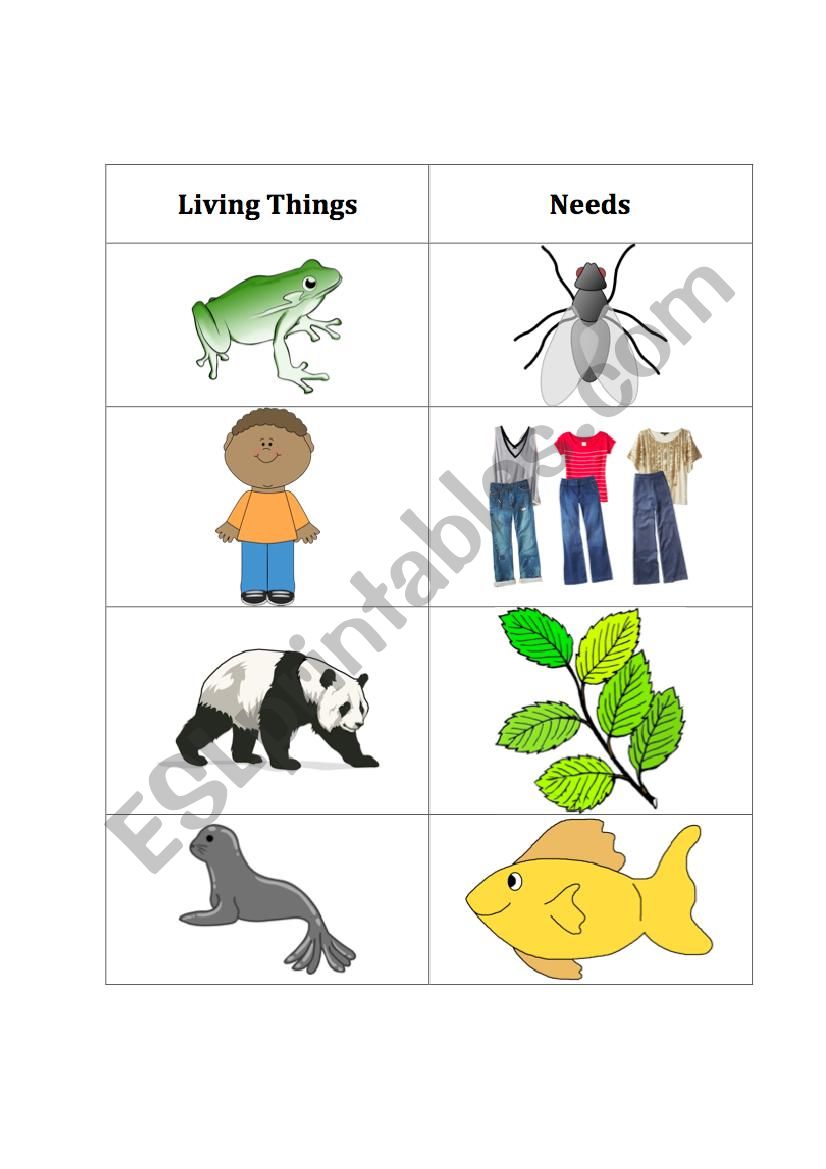
Living Things & Needs Chart ESL worksheet by mewins
He tried to classify all living things that were known at his time. He grouped together organisms that shared obvious physical traits, such as number of legs or shape of leaves.. This chart shows the taxa of the Linnaean classification system. Each taxon is a subdivision of the taxon below it in the chart. For example, a species is a.